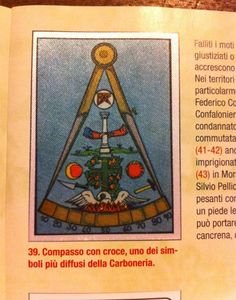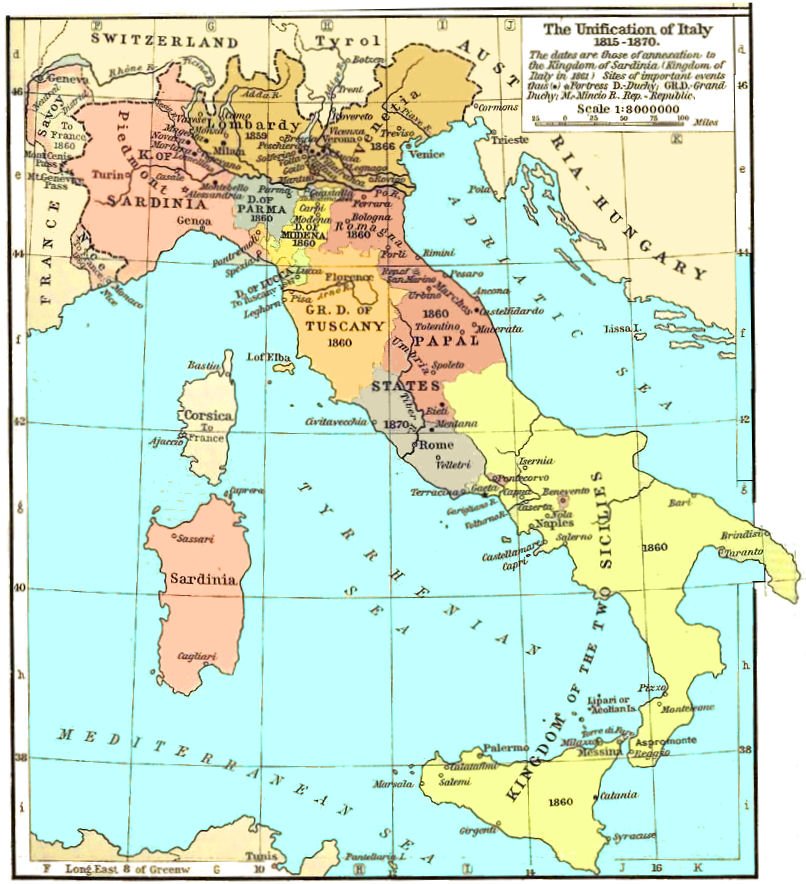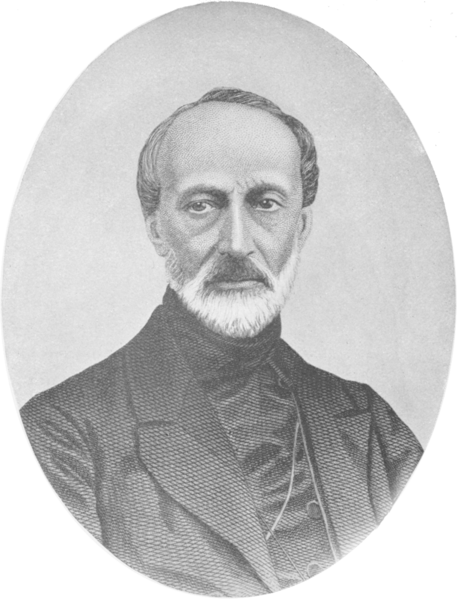
The Carbonari (Charcoal Burners) of Italy
One of the few secret societies that had an overt political agenda. In the early 1800’s they were a strong force of revolutionaries that fought for Italian Unification and had related groups in Portugal, Poland, England, Spain, Germany, and France. Although an Italian secret society, they claim that their history goes back to Scotland.
They had a toast ’Next year in Scotland’ - A reference to their claim of Scottish origin that some time in the past ‘great disturbances’ happened in Scotland and men took refuge in the forests from the tyranny. These men took the role of charcoal burners as cover, and became mystics. The Carbonari are mentioned in Robert Louis Stevenson’s 1880 story - The Pavilion on the Links
It is said that King Francis I of France met the original Carbonari while out hunting, he had strayed into Scotland during a hunting expedition from one of his territories that bordered the country. He encountered the group who were hiding out in the wilderness, and soon befriended them. He saw that they had no houses, but built lodges vendite in sets of three and each set were called barracas and they were run by a Grand Maestro. Realizing that they were no ordinary men, but mystics, he soon joined them as their protector.
Now if we think about that, France did not border Scotland and the Freemasons also state their early lodges were in Scotland, and the Freemasons have ’Scottish rites’, ‘Scotland’ could be code for Spain. Either way, the links between the Charcoal Burners and the Freemasons are present in their symbol and the alliance they had together and, at times, even calling themselves the ‘Forest Masonry’. The main difference between the two was in membership, the Carbonari allowed, even encouraged, membership from among the lower classes – something the freemasons did not.

Members were called Good Cousins which were divided into apprentices and masters. They were allowed to practice their own religion, free from the church. They were supposed to do good deeds and help the needy. Their main objective was to gather enough men to guard against repression from the government or military. In a Carbonari document it states ”The only way for the average man to gain any justice and welfare is to form a secret society against the selfish redoubt of those in power”
Members were expected to show generosity and kindness to those with a lower status and to show benevolence and justice when required and they were not allowed to consort with the girlfriends or wives of fellow cousins. Cousins had ”To be ready at any moment to resist oppression & each member is bound to provide himself, at his own expense, a firelock and twenty cartridges, and to learn the manual exercise.” To join the society a fee of 5 francs was required, as well as 1 franc per month in dues.
The penalty for disobedience was to be expelled from the order and their name placed into the ’Black Book’. The Black Book contained names of pagans, expelled members, and people friendly to the government. Anyone listed in the book was a target for assassination, and members were bound by oath to act on it.

In the early 1800s the Carbonari were revolutionaries and led uprising against the Kingdom of the Two Sicilies, Naples, Piedmont, Sardinia, Modena, and the Papal States. After many of these uprising were defeated, mainly by Austrian troops in 1821 and 1831, the orders influence and enrollment waned. Realizing that they could not fight in the open, many members moved over to the new group, Mazzini’s Young Italy, Mazzini had been an influential Carbonari member.

The Carbonari limped on until 1848, when no more record of their exploits were recorded. It is thought many of the surviving Carbonari turned their organization into the Mafia. The design of the Carbonari and Mafia are very similar, humility, respect for the rules and hierarchy, and when you are a part of them you are family, like cousins.
